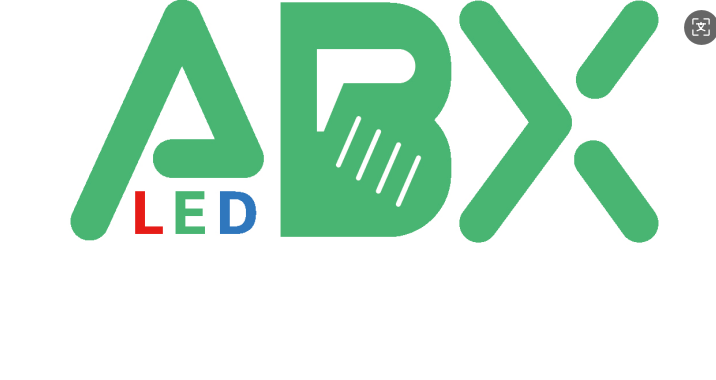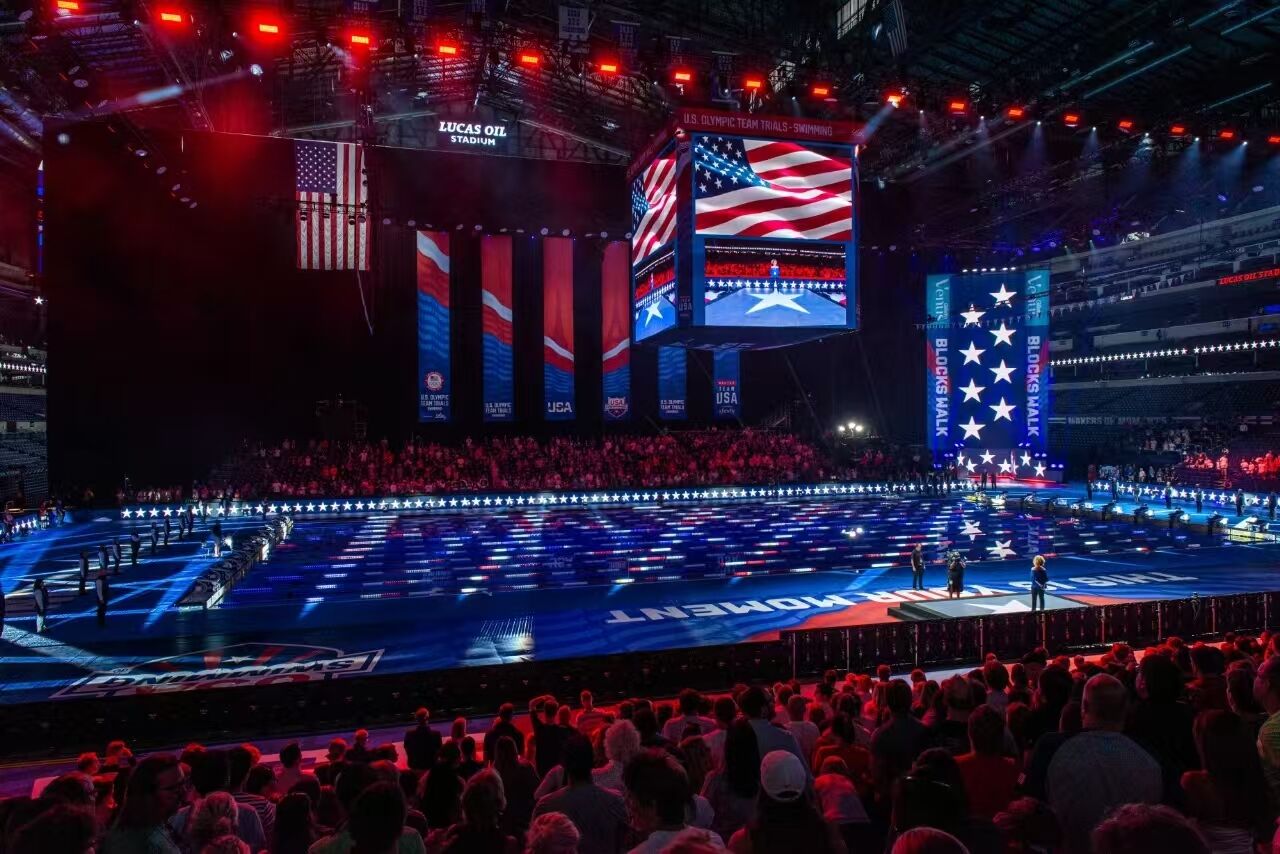The Evolution of Display Technology: A New Era of Transparency
The world of digital displays has undergone a remarkable transformation, with transparent LED displays emerging as a groundbreaking innovation that seamlessly blends technology with architectural aesthetics. These cutting-edge displays represent a perfect fusion of form and function, offering unprecedented possibilities for both commercial and creative applications. As we witness the rapid advancement of display technologies, transparent LED displays stand out as a testament to human ingenuity and the endless pursuit of innovative solutions.
The journey from conventional displays to transparent LED displays marks a significant milestone in the evolution of visual technology. These revolutionary screens have redefined how we perceive and interact with digital content, creating immersive experiences while maintaining the visual integrity of their surroundings. The technology behind these displays has matured significantly, offering enhanced clarity, brightness, and versatility that was unimaginable just a few years ago.
Technical Innovation and Design Excellence
Advanced Display Architecture
Transparent LED displays utilize sophisticated engineering that combines ultra-thin LED panels with transparent substrates. The innovative design allows light to pass through while maintaining exceptional image quality and visibility. The display elements are strategically arranged to create optimal transparency without compromising visual performance, achieving a delicate balance between see-through capability and display brilliance.
The technical architecture incorporates advanced light management systems that ensure content remains visible under varying lighting conditions. This adaptability makes transparent LED displays suitable for both indoor and outdoor installations, maintaining consistent performance regardless of ambient light levels.
Integration of Smart Features
Modern transparent LED displays come equipped with intelligent features that enhance their functionality. These include automatic brightness adjustment, content management systems, and interactive capabilities. The integration of IoT technology enables remote monitoring and control, making these displays highly efficient and manageable in complex installation environments.
The incorporation of touch-sensitive technology and motion sensors further expands the potential applications, allowing for interactive experiences that engage viewers while maintaining the display's transparent nature. These smart features contribute to the versatility and long-term value of transparent LED display installations.
Applications Across Industries
Retail and Commercial Spaces
The retail sector has embraced transparent LED displays as powerful tools for visual merchandising and customer engagement. Store windows transformed into interactive displays create captivating shopping experiences while maintaining visibility into the store interior. Luxury brands particularly benefit from this technology, as it allows them to overlay digital content onto product displays without obscuring the physical merchandise.
Shopping malls and commercial centers utilize transparent LED displays to create dynamic advertising spaces that complement rather than obstruct architectural elements. The ability to switch between transparency and vibrant display content provides unprecedented flexibility in visual communication strategies.
Corporate and Institutional Implementation
Corporate environments have found innovative applications for transparent LED displays in conference rooms, lobbies, and presentation spaces. These installations serve dual purposes - as functional windows when needed and as high-impact presentation screens when activated. Educational institutions utilize this technology to create interactive learning environments that maintain open sight lines and natural light flow.
Museums and cultural institutions leverage transparent LED displays to enhance exhibits without compromising the viewing experience of physical artifacts. The technology allows for overlaying digital information and interactive content while preserving the visibility of displayed items.
Installation and Maintenance Considerations
Professional Integration Requirements
Successful implementation of transparent LED displays requires careful planning and expertise. Factors such as viewing angles, ambient light conditions, and structural support must be carefully evaluated during the design phase. Professional installation teams must consider power distribution, heat management, and cable routing to ensure optimal performance while maintaining the aesthetic appeal of transparency.
The integration process often involves collaboration between display technology experts, architects, and interior designers to achieve seamless incorporation into existing spaces. This collaborative approach ensures that both technical and aesthetic requirements are met effectively.
Maintenance and Longevity
Maintaining transparent LED displays requires specialized knowledge and regular attention to ensure consistent performance. Regular cleaning protocols must be established to preserve both transparency and display quality. Advanced monitoring systems help identify potential issues before they impact performance, enabling proactive maintenance approaches.
The longevity of these installations is enhanced through proper environmental control and periodic system updates. Investment in quality components and professional maintenance services ensures optimal return on investment and extended service life.
Future Trends and Innovations
Emerging Technologies
The future of transparent LED displays holds exciting possibilities with ongoing developments in material science and display technology. Research into new transparent conductive materials promises even greater clarity and energy efficiency. Advances in micro-LED technology may lead to displays with higher resolution while maintaining or improving transparency levels.
Integration with augmented reality and artificial intelligence systems suggests new possibilities for interactive and context-aware applications. These technological advances will continue to expand the potential applications and enhance the user experience of transparent LED displays.
Sustainability and Energy Efficiency
Environmental considerations are driving innovations in power management and sustainable materials for transparent LED displays. New developments focus on reducing energy consumption while maintaining optimal performance. The industry is moving towards eco-friendly manufacturing processes and recyclable components, aligning with global sustainability initiatives.
Future generations of transparent LED displays will likely incorporate renewable energy features and smart power management systems, further reducing their environmental impact while improving operational efficiency.
Frequently Asked Questions
What makes transparent LED displays different from conventional displays?
Transparent LED displays are unique in their ability to maintain visibility through the screen while displaying dynamic content. They utilize specialized transparent materials and LED arrangements that allow light to pass through while maintaining image quality, unlike conventional solid displays that completely block light transmission.
How durable are transparent LED displays in different environments?
Modern transparent LED displays are engineered for durability across various environmental conditions. They feature protective coatings and robust construction that resist dust, moisture, and temperature variations. With proper installation and maintenance, these displays can maintain their performance for many years in both indoor and outdoor settings.
What are the power consumption requirements for transparent LED displays?
Power consumption varies based on size, brightness settings, and usage patterns. However, modern transparent LED displays incorporate energy-efficient technologies that optimize power usage. Many systems include smart features that automatically adjust brightness and power consumption based on ambient conditions and display requirements.

